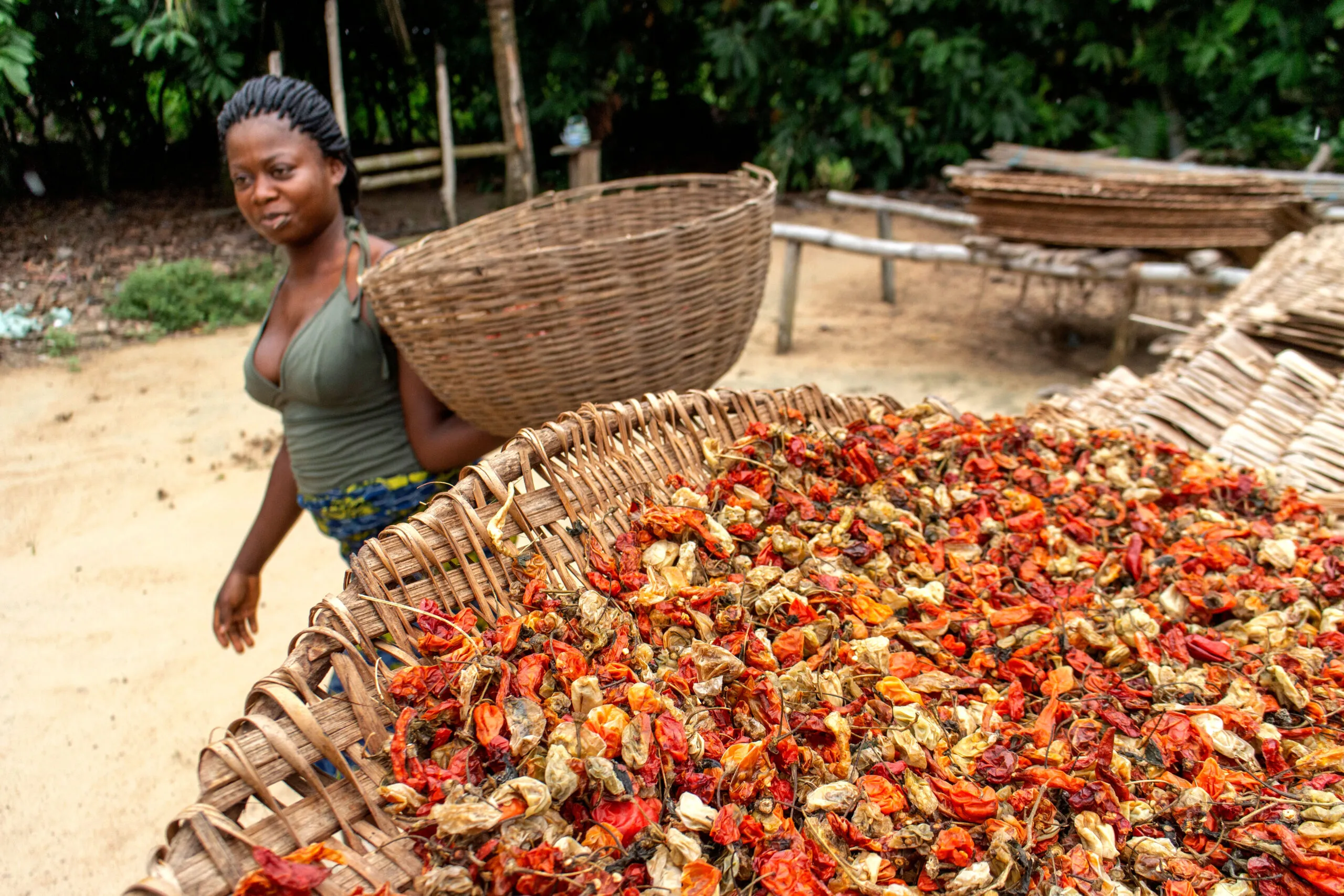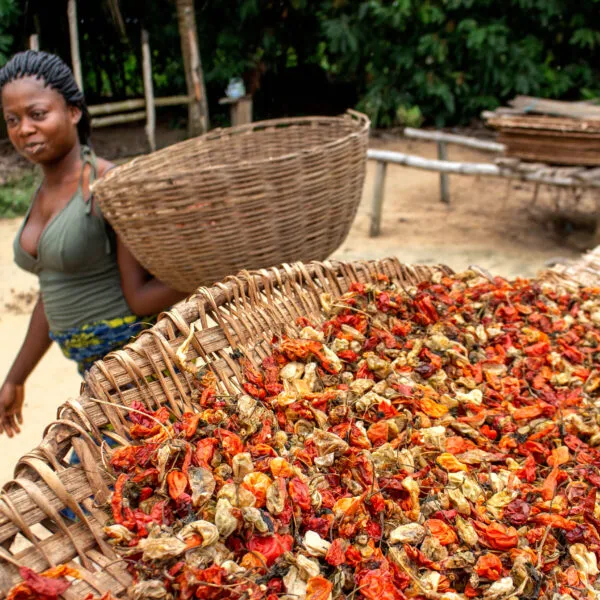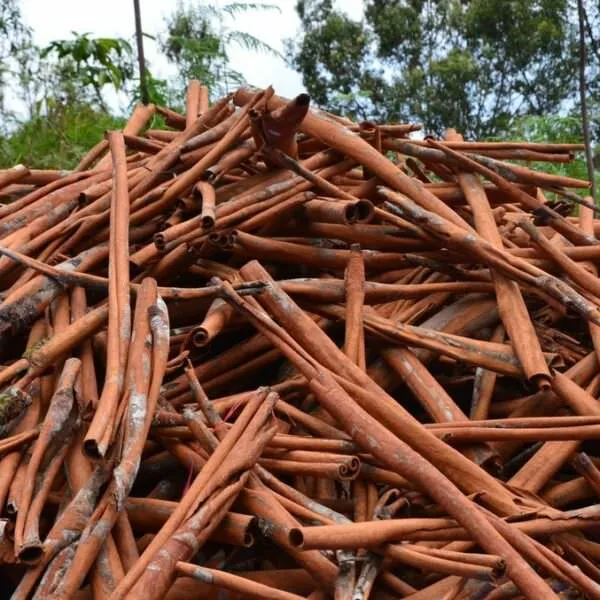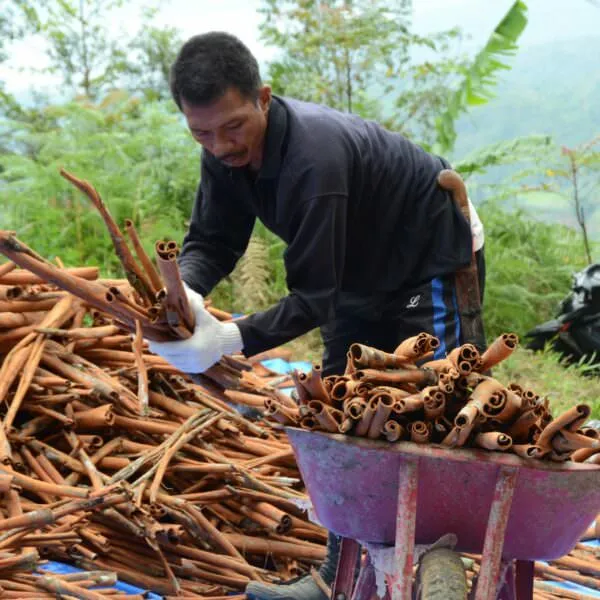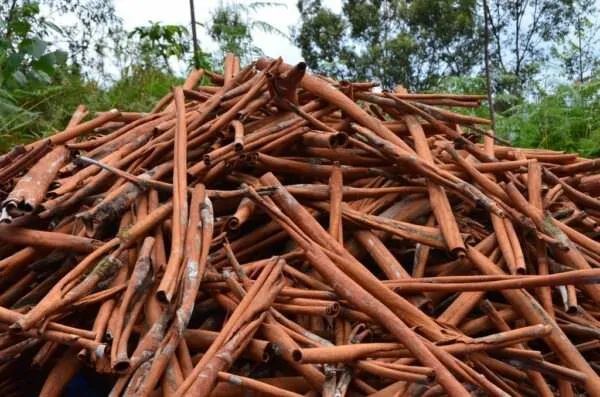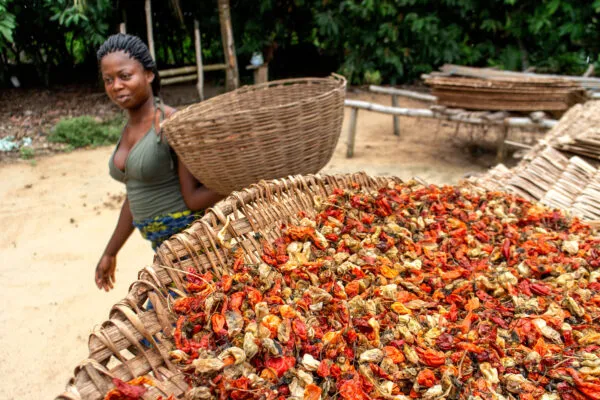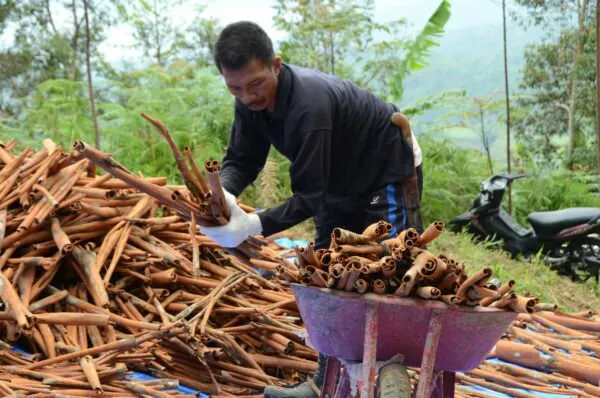Rainforest Alliance Certified Herbs and Spices: Creating a More Sustainable Sector
The Rainforest Alliance partnered with the Union for Ethical BioTrade (UEBT) to create a joint certification for herbs and spices that is fostering a more sustainable and regenerative future for the industry. ... Continue Reading
